University of Redlands Emergency Alert System
Alert Received: . For more information, visit: https://www.redlands.edu/alert/
University of Redlands
- Home
- Trees
- Species Accounts
- Cherry Plum
Classification
Common Name: Cherry Plum
Scientific Name: Prunus cerasifera
Family: Rosaceae
Identification
Habit: The cherry plum tree’s height ranges from 15-30 feet (457.2-914.4 cm). It grows a canopy width of 15-25 feet (457.2-762 cm). It is finely branched that contains flowers, fruits, and leaves.
 Figure 1 (blooming)
Figure 1 (blooming)
 Figure 2 (not blooming)
Figure 2 (not blooming)
Leaves: Its leaves are a solid green color with little fine hairs on the underside of the leaf. It is slender and has a glossy sheen to it on the upper side. They have an oval shape with little grooves on the edges. Their average size is about 3-7 cm (1.5-2.5 inches).
 Figure 3
Figure 3
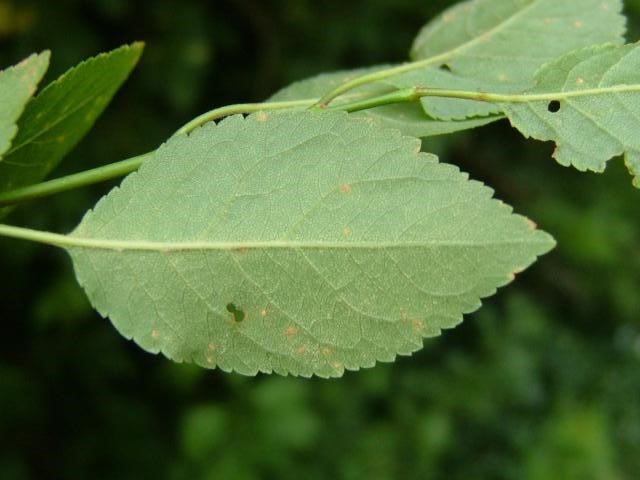 Figure 4
Figure 4
Twigs and Bark: The bark is a dark brown color. Its texture is very smooth and becomes crinkly as it matures. It is relatively thin and can be damaged easily from mechanical impact. The twigs are very thin and are also a brown color that contain the fruit and flowers. They are mostly grown upright and will not droop.
 Figure 5
Figure 5
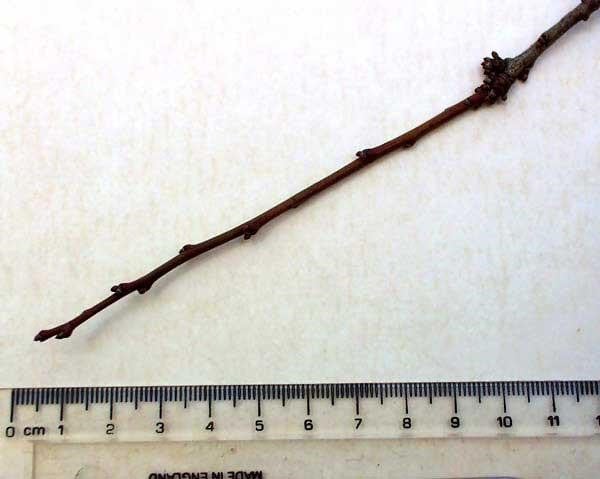 Figure 6
Figure 6
Flowers: The flowers of the cherry plum tree are very beautiful and have either a white or pale pink color. They contain five petals with many stamens. The flowers typically appear and bloom in the spring (late February or March). Their average size is about 2 cm (0.8 inches) across.
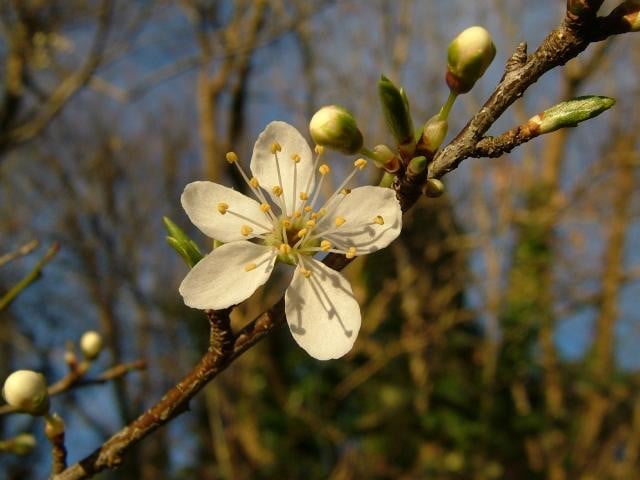 Figure 7
Figure 7
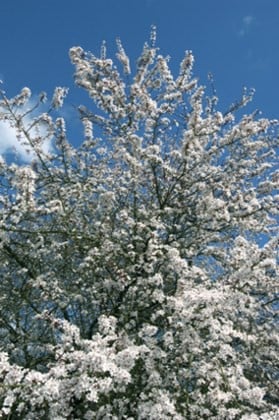 Figure 8
Figure 8
Fruits: The fruits are red or yellow color and are shaped like a cherry. They are edible and have a fairly sweet taste. Once pollinated by insects, the flowers of the cherry plum tree turn into the fruits (early July to mid-September) and grow abundantly throughout the tree. Each fruit contains one seed. Their average size is about 2-3 cm (0.8-1.2 inches) in diameter.
Figure 9
 Figure 10
Figure 10
Where It’s From
Native Range: The cherry plum tree is native to southeastern Europe (i.e Albania, Bulgaria, Greece, and Yugoslavia), western Asia (i.e Afghanistan, Iran, Iraq, Turkey, Armenia, Azerbaijan, Georgia, southern Russia, Kyrgyzstan, Tajikistan, and Turkmenistan), western China, and Pakistan. There are also many scattered in locations of North America. The cherry plum tree is widely naturalized in Southern Australia (i.e naturalized in eastern New South Wales, in the ACT, Victoria, south-eastern and eastern South Australia, and the coastal districts of south-western Western Australia). It is also naturalized in Europe, tropical Asia, New Zealand and the USA.
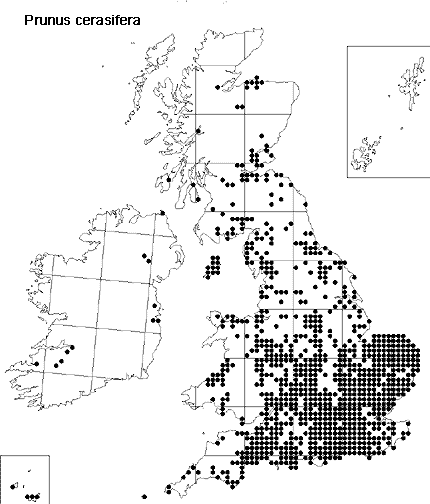 Figure 11. Black areas represent where the cherry plum tree is found in the U.K
Figure 11. Black areas represent where the cherry plum tree is found in the U.K
 Figure 12. Shaded area represents potential planting range of cherry plum tree in the U.S
Figure 12. Shaded area represents potential planting range of cherry plum tree in the U.S
Ecological Notes
The cherry plum tree has a short average lifespan of about 20 years. It grows well in average, medium moisture, in full sun to part shade. It is also drought tolerant and needs well-drained moist, acidic soils. The best time the cherry plum tree begins flowering is when it is exposed to full sun. It is susceptible to diseases such as cankers, galls, and mildew. Possible pests that may attack the cherry plum tree are tent caterpillars, scale, aphids, tent, Japanese beetles, and clearwing borers, more specifically peach tree borers. However, these pests don’t do that much damage to the tree. Another pest, spider mites, may appear during prolonged drought periods. The fruits of the cherry plum tree are also an important part. Although it can be tasty, it can have a bitter taste. It has been said that it can cause health issues if a large amount is consumed.
What We Use It For
The cherry plum tree can be used for many resources. One example is that it can be used for medicinal purposes. The flowers are used in Bach flower remedies and are used to help regain one’s control over one’s thoughts and actions. It contains certain substances that break down in water to form hydrocyanic acid. This helps stimulates the body’s respiration, improves digestion, and overall improves the body’s health. The cherry plum tree is considered a popular ornamental landscape tree due to its unique color that grows throughout the season, that can be placed out on the deck or patio. However, it is advised that the tree is best used in a large-scale landscape as a single specimen, rather than in rows or mass planting. Another example is for food. The cherry plum trees’ fruits are edible and contain a good source of nutrition value that have potassium, calcium, phosphate, vitamin B and C, that are great for the body’s metabolism and nervous system. It can also be cooked and used for delicious pies, jams, tarts, etc. Last but not least, the cherry plum tree can also be used for coloring dye from the leaves and fruits.
References
Biographer
Alyssa Lee ‘21, BIOL 238: Evolution, Ecology, & Behavior, Spring 2019